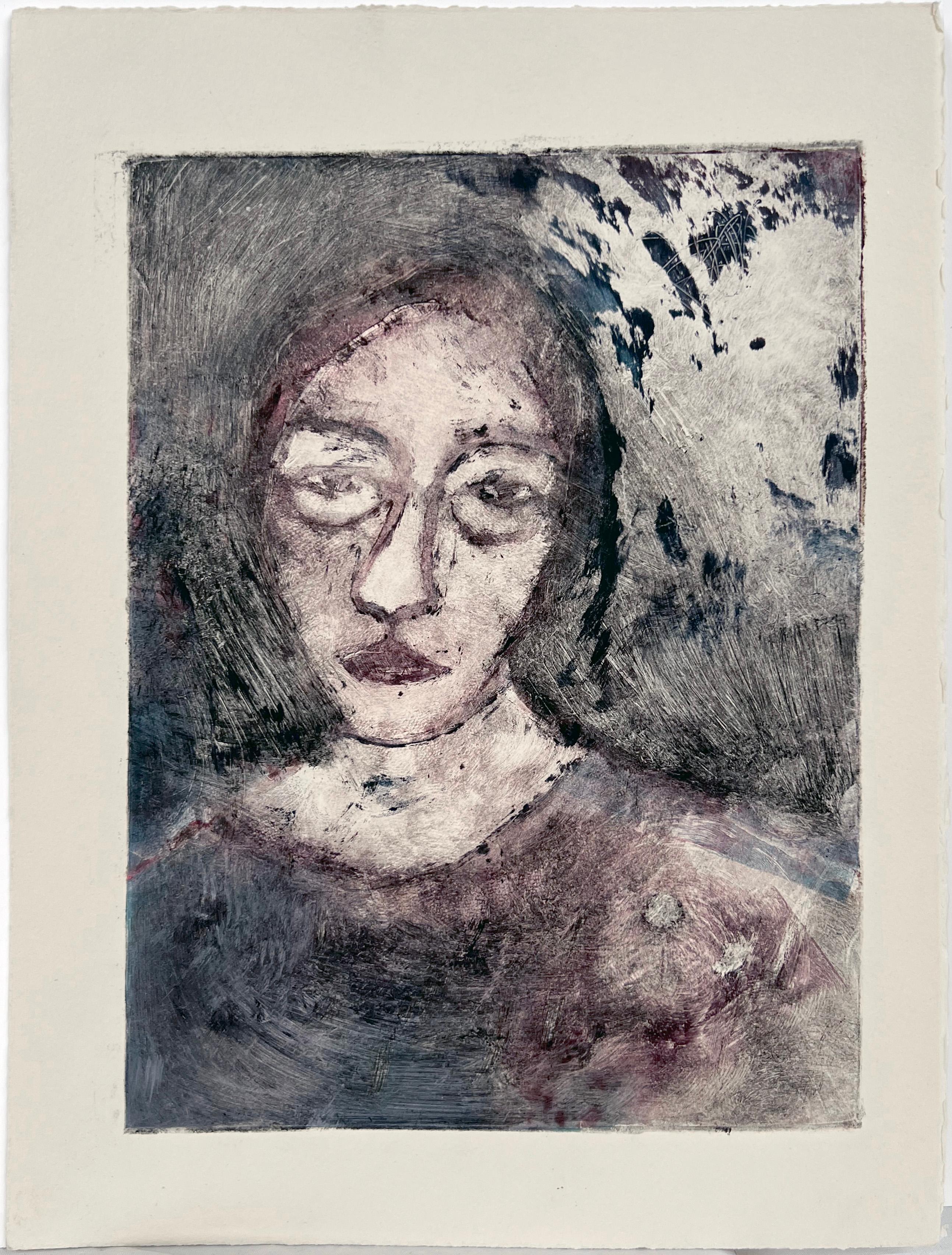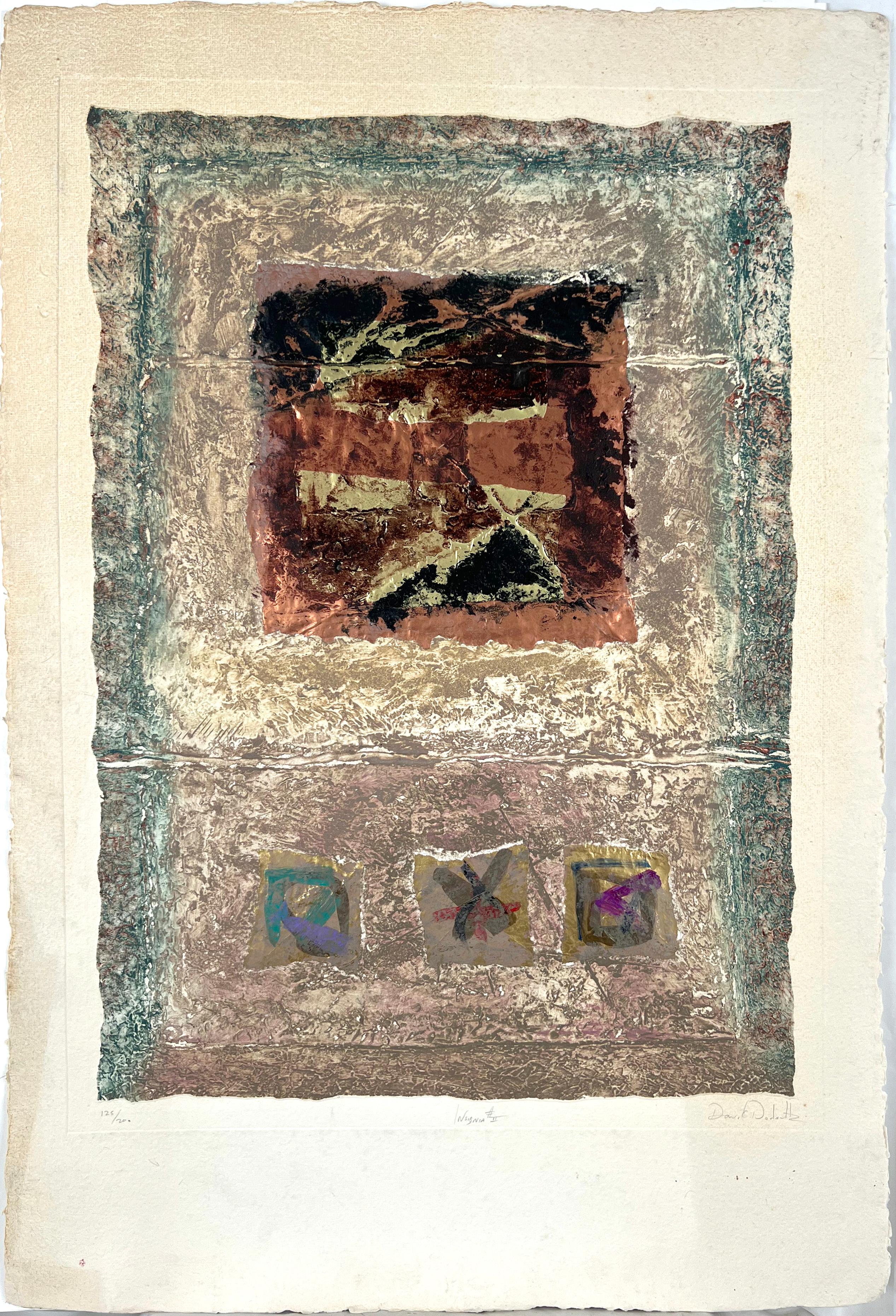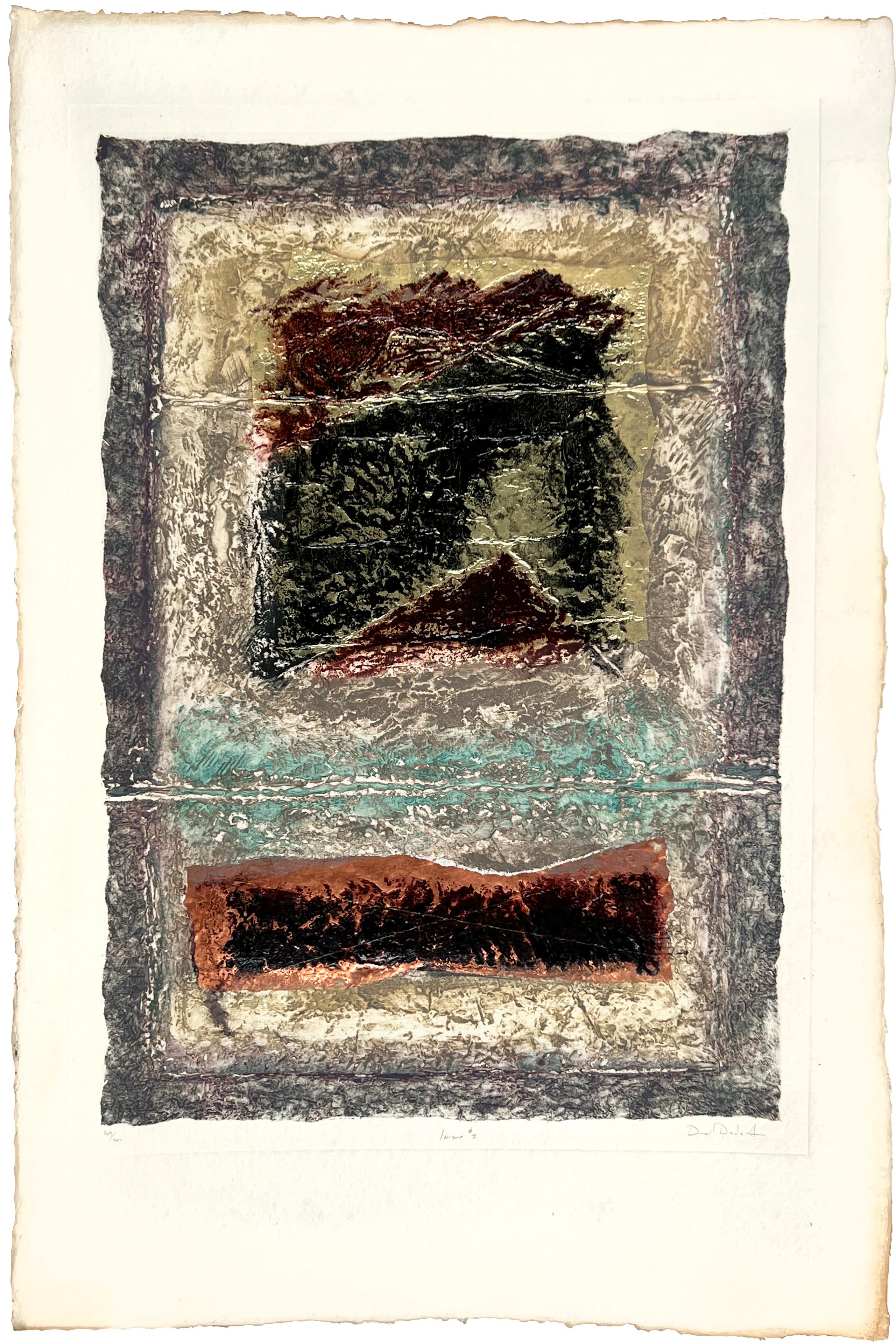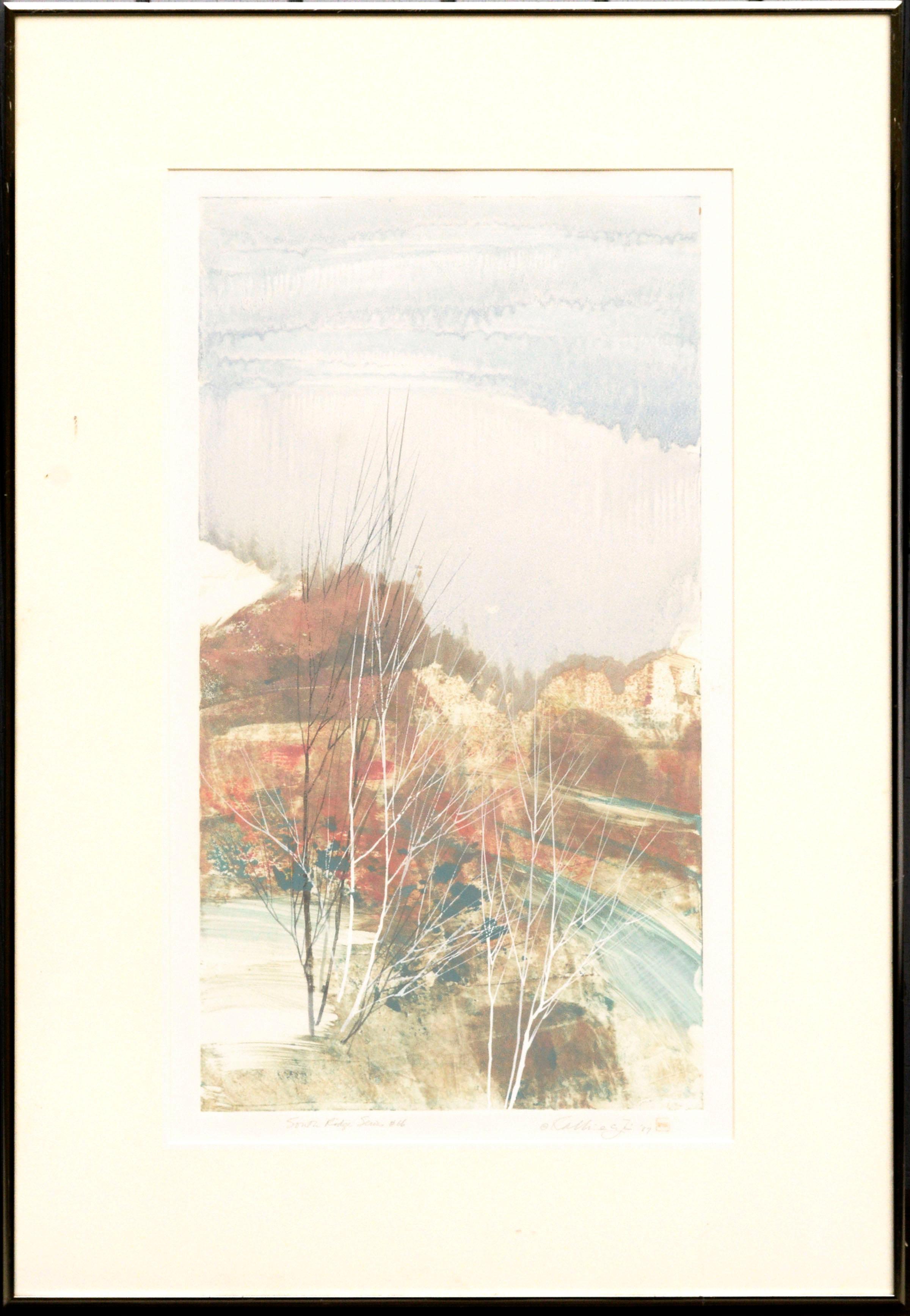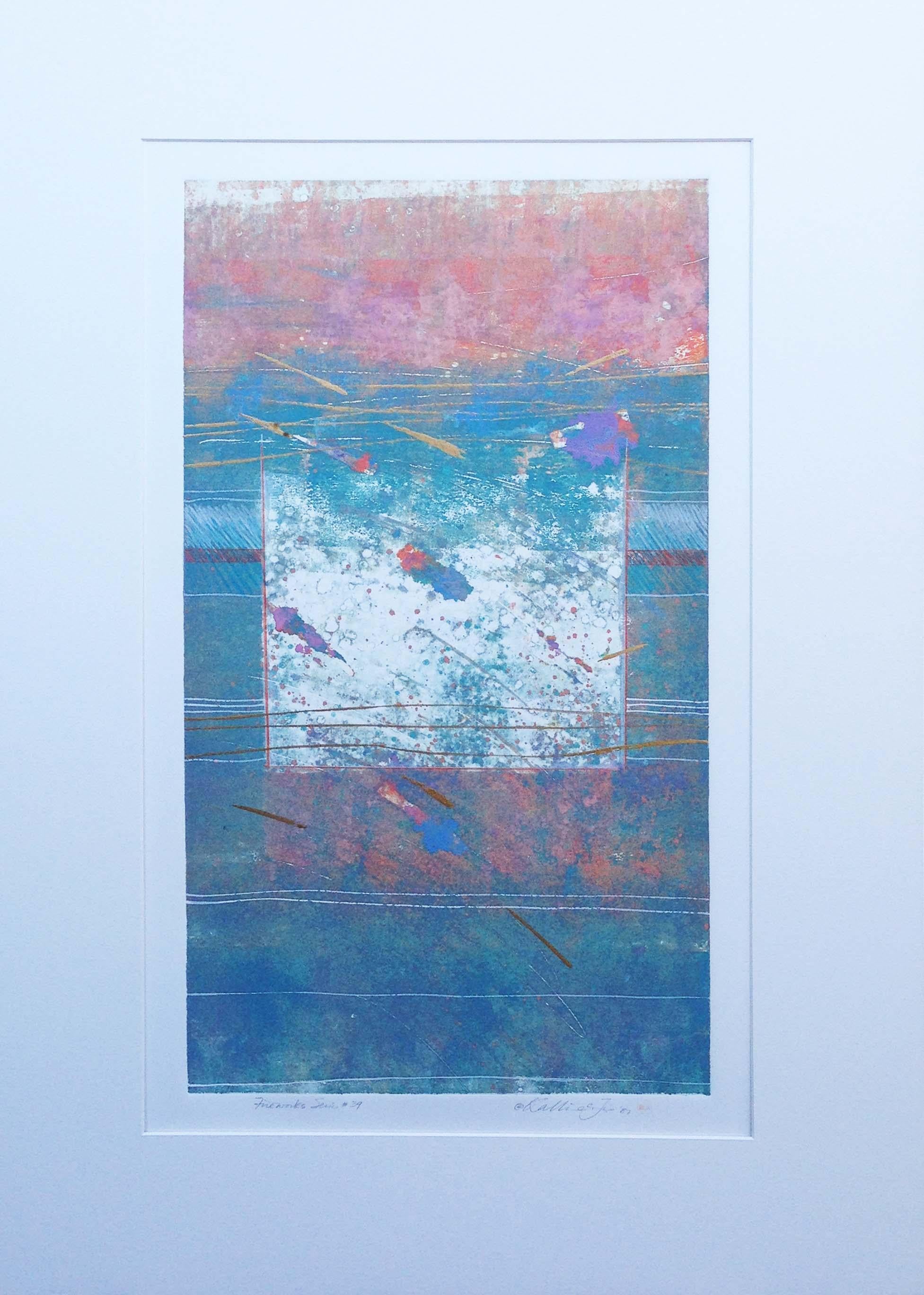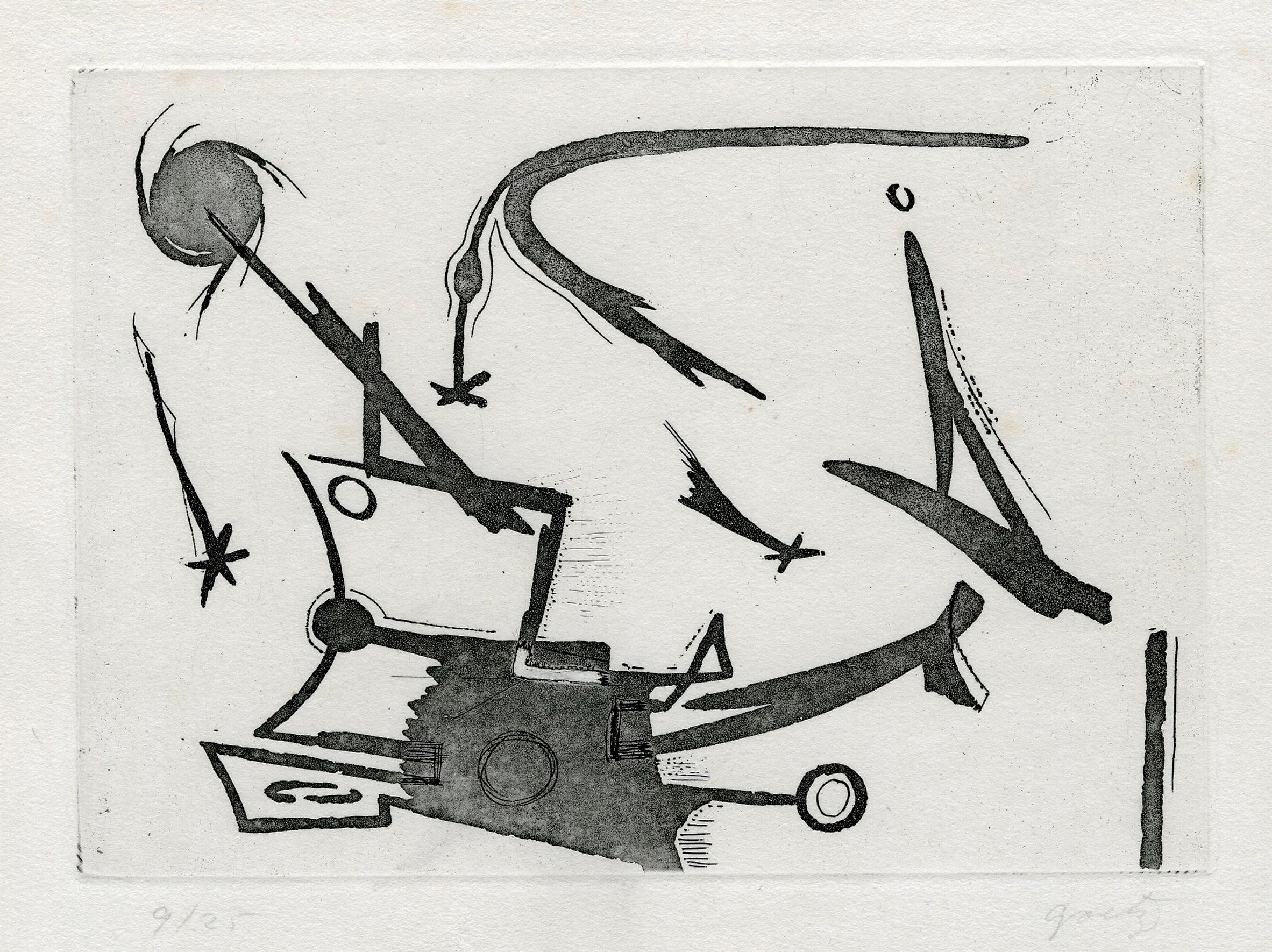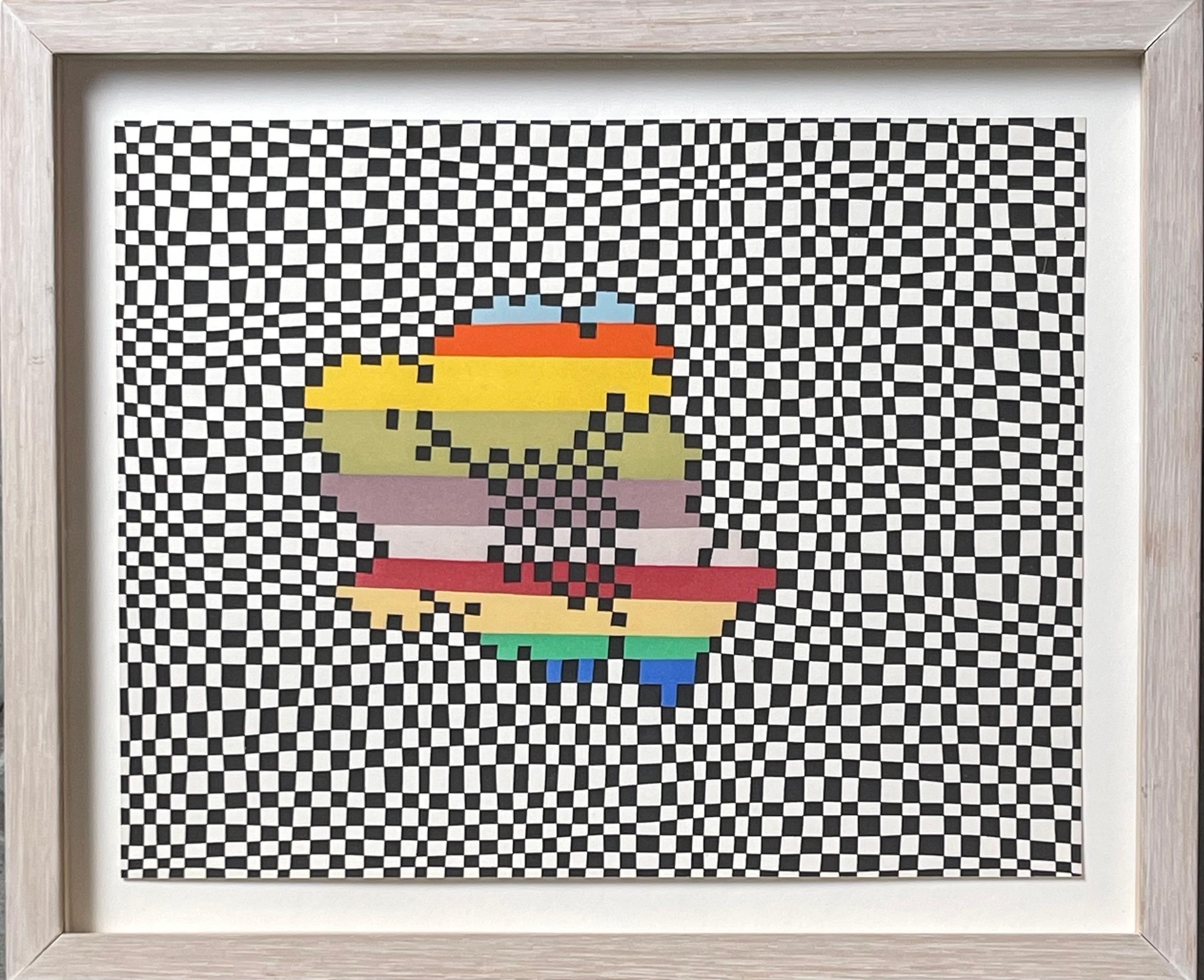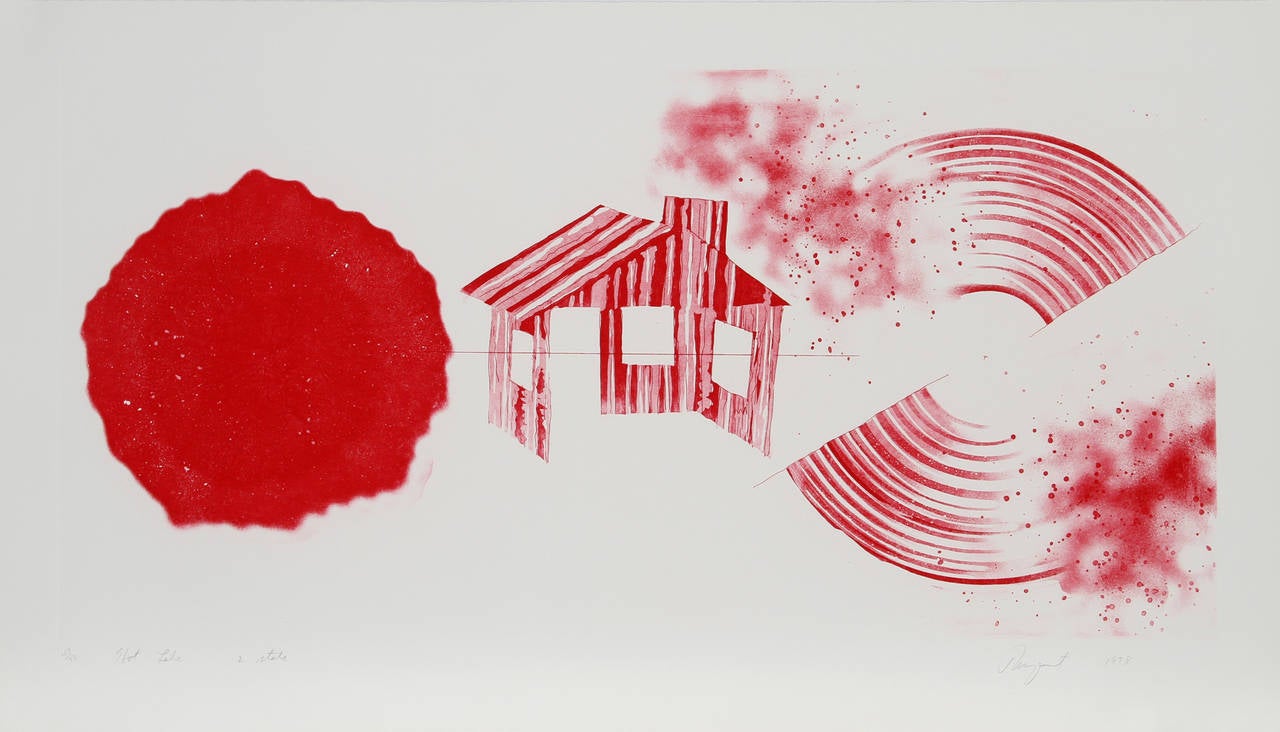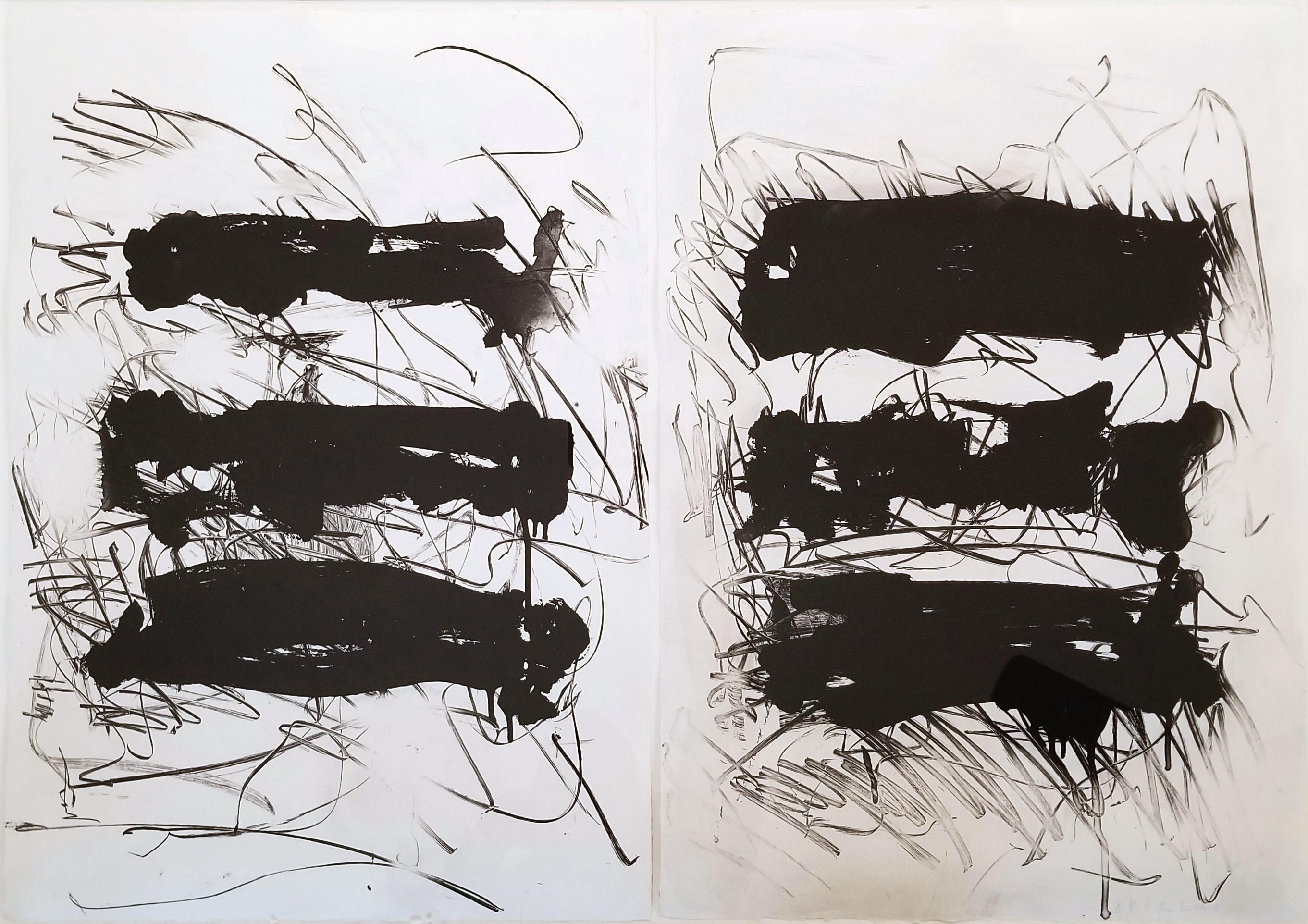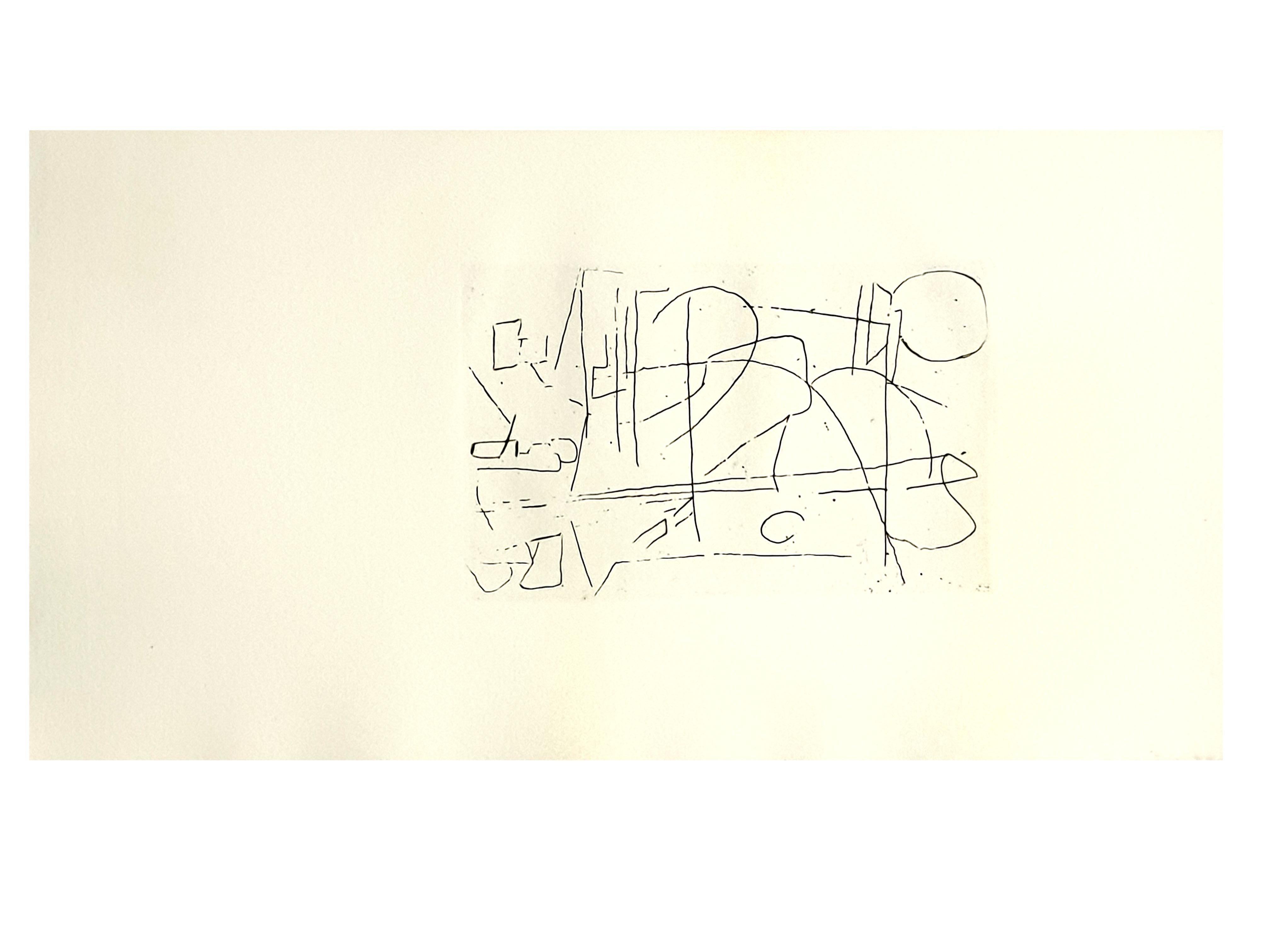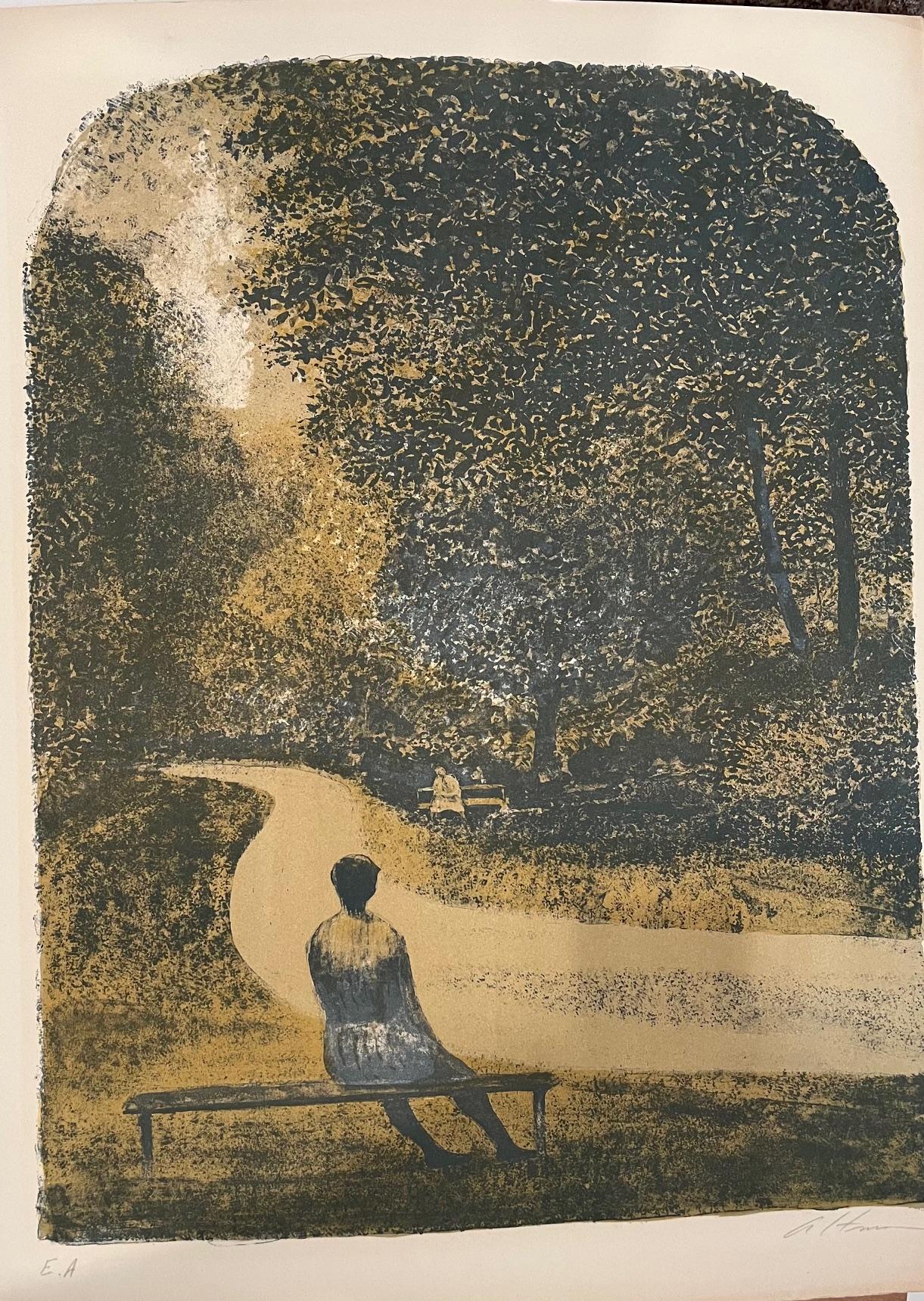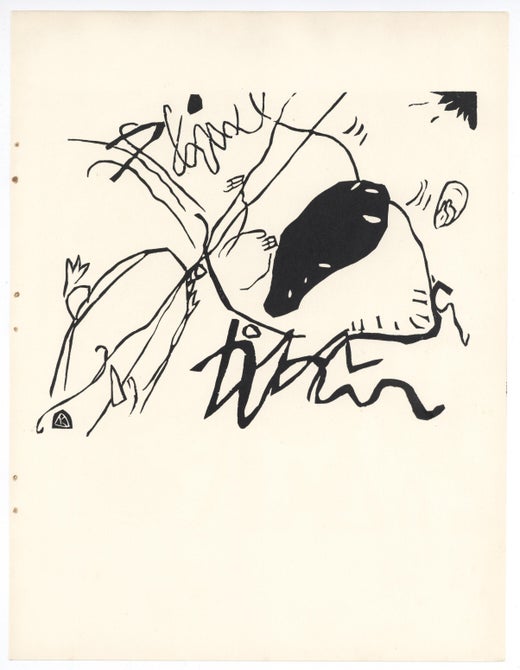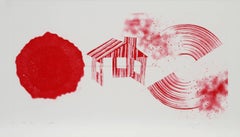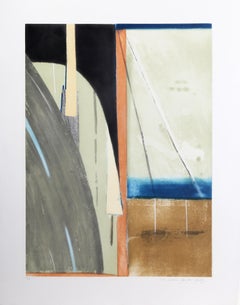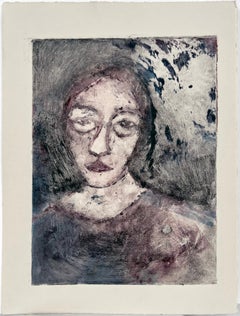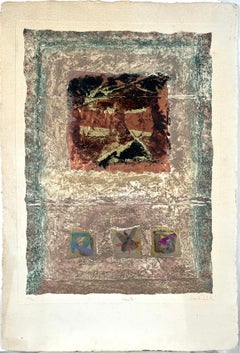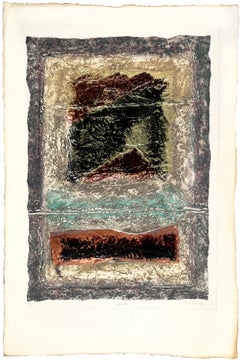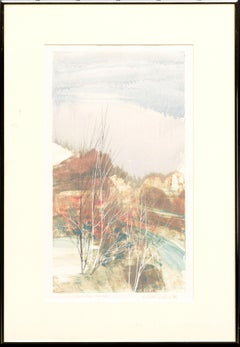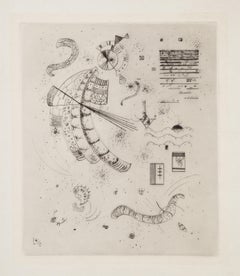
Plate 11 from 23 Gravures, Etching by Wassily Kandinsky
View Similar Items
Wassily KandinskyPlate 11 from 23 Gravures, Etching by Wassily Kandinsky1935
1935
About the Item
- Creator:Wassily Kandinsky (1866 - 1944, Russian)
- Creation Year:1935
- Dimensions:Height: 12.75 in (32.39 cm)Width: 11.25 in (28.58 cm)
- Medium:
- Movement & Style:
- Period:
- Framing:Framing Options Available
- Condition:
- Gallery Location:Long Island City, NY
- Reference Number:Seller: 825291stDibs: LU46614485172
Wassily Kandinsky
“Color is a means of exerting a direct influence upon the soul,” wrote the pioneering abstract artist Wassily Kandinsky. The Russian-born painter and theorist dedicated his life to using abstract compositions of form and color to express deep emotion as well as to depict the language of music through visuals.
Kandinsky was part of a crucial moment in art history — the early 20th century — that saw the rise of movements like Cubism. He embraced styles such as Surrealism and Fauvism and was a leading figure in bringing together Der Blaue Reiter (the name means “The Blue Rider” after one of Kandinsky’s paintings) in 1911, a group of avant-garde artists in Munich, including Paul Klee and Franz Marc, who explored spiritual concepts through their art as a response to the materialism of the time. Kandinsky also led courses on analytical drawing and color at the Bauhaus. He was appointed by founder and architect Walter Gropius to teach in Weimar in 1922. He taught at all three of the legendary school’s locations and remained with the institution until its forced closure by the Nazi party in Berlin.
The artist had the rare and unusual trait of synesthesia, the neurological ability to perceive things using multiple senses. In Kandinsky’s case, it was the gift of “seeing” music, and music appeared in every aspect of his work, including the titles of his series “Compositions,” “Improvisations” and “Impressions.” He once described the experience of painting using a musical metaphor: “I had little thought for houses and trees, drawing colored lines and blobs on the canvas with my palette knife, and making them sing just as powerfully as I knew how.”
While Kandinsky isn’t the first abstract artist — mystically inclined painter Hilma af Klint was making nonrepresentational art well before him — he certainly had the biggest impact on establishing the style. His paintings inspired the likes of Jackson Pollock, Willem de Kooning and other Abstract Expressionists. From his Untitled (First Abstract Watercolor) painted in 1910 to future works, his unique take on using color and flair for bold, experimental compositions, Kandinsky is one of the most important figures of early-20th-century art.
Find original Wassily Kandinsky art, including paintings and prints, on 1stDibs.
More From This Seller
View All1970s Abstract Expressionist Abstract Prints
Etching, Aquatint
1980s Abstract Expressionist Abstract Prints
Etching
1980s Abstract Expressionist Animal Prints
Etching
1980s Abstract Expressionist Abstract Prints
Etching, Aquatint
1960s Abstract Expressionist Landscape Prints
Etching
1970s Abstract Expressionist Abstract Prints
Etching, Aquatint
You May Also Like
1990s Abstract Expressionist Abstract Prints
Paper, Ink, Etching, Oil, Gouache
1980s Abstract Expressionist Abstract Prints
Gold Leaf
1980s Abstract Expressionist Abstract Prints
Gold Leaf
1980s Abstract Expressionist Abstract Prints
Ink, Oil, Archival Paper, Etching
1980s Abstract Expressionist Abstract Prints
Ink, Oil, Archival Paper, Etching
1960s Abstract Expressionist Abstract Prints
Drypoint, Etching
Recently Viewed
View AllRead More
Romare Bearden’s Humanity Infuses His Bright, Bold Art
Through collage, painting and printmaking, the artist foregrounded Black life in America in revolutionary new ways.
Chryssa’s 1962 Neon Sculpture Was Way ahead of the Art-World Curve
By working with lettering, neon and Pop imagery, Chryssa pioneered several postmodern themes at a time when most male artists detested commercial mediums.
